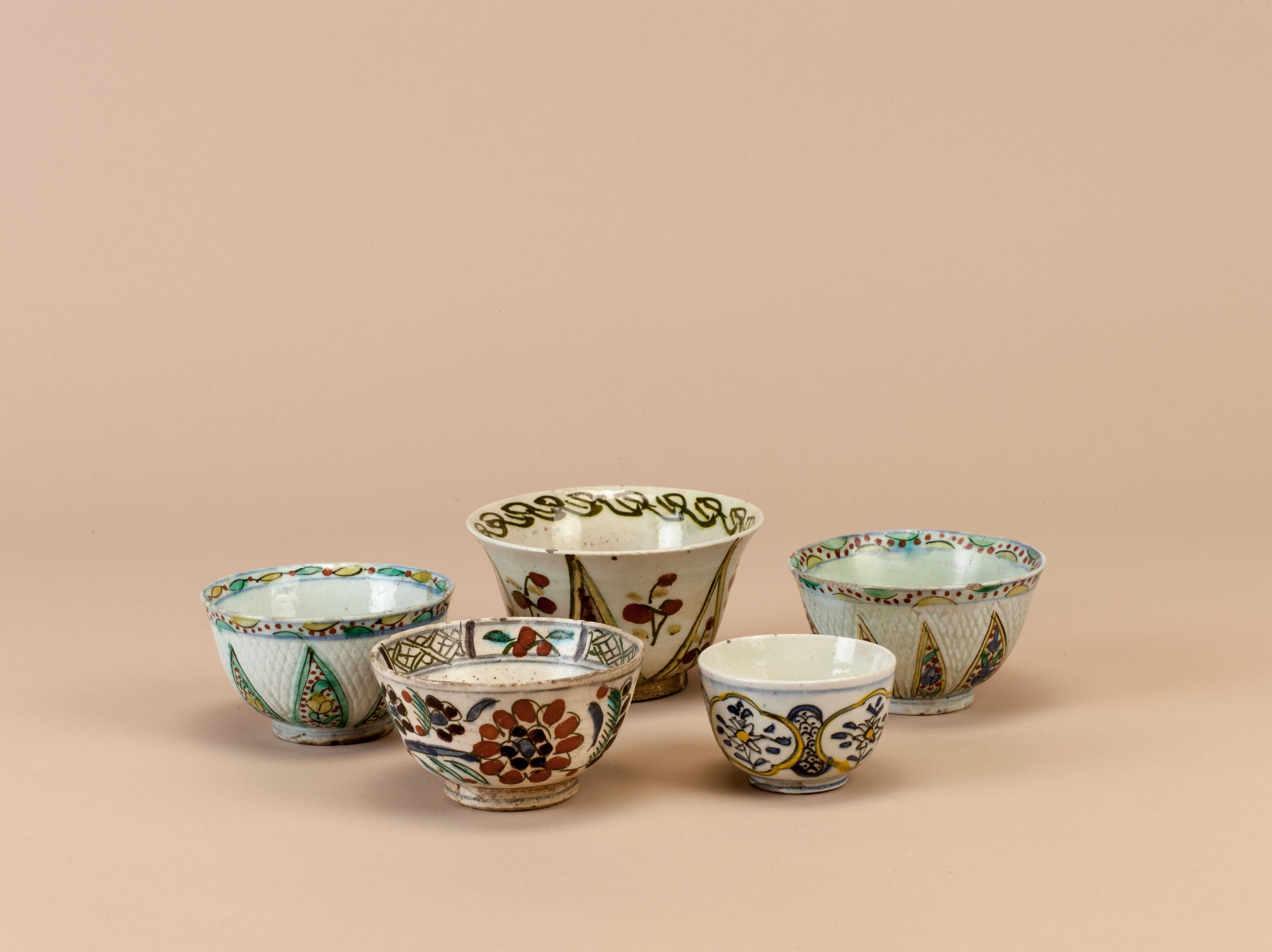Directors: Azadeh Mousavi, Kouroush Ataei
Iran, 2018, 88’, color
Dutch, English, Persian with Turkish, English subtitle
The headline of newspaper was brief, clear and naturally curious: “A Dutch girl is looking for her real family in Iran”. Taking off from this news story, Finding Farideh is about an Iranian girl named Farideh, who has been adopted by a Dutch couple 40 years ago, who now overcomes her fears to travel to her motherland Iran for the first time to meet three families who claim to be her real family, and to find out about her Iranian identity and culture. A tangle of emotions and questions confront Farideh and the filmmakers: “Who are my real parents? Those who gave birth or who raised me? Where is my homeland? Where do I belong to?” Questions with a strong fundamental problem hidden in the heart of them: identity crisis.

Coffee was served with much splendor at the harems of the Ottoman palace and mansions. First, sweets (usually jam) was served on silverware, followed by coffee serving. The coffee jug would be placed in a sitil (brazier), which had three chains on its sides for carrying, had cinders in the middle, and was made of tombac, silver or brass. The sitil had a satin or silk cover embroidered with silver thread, tinsel, sequin or even pearls and diamonds.
Tuesday - Saturday 10:00 - 19:00
Friday 10:00 - 22:00
Sunday 12:00 - 18:00
The museum is closed on Mondays.
On Wednesdays, the students can
visit the museum free of admission.
Full ticket: 300 TL
Discounted: 150 TL
Groups: 200 TL (minimum 10 people)